Model M1
Model M1
Immersive. Dynamic. Compact.
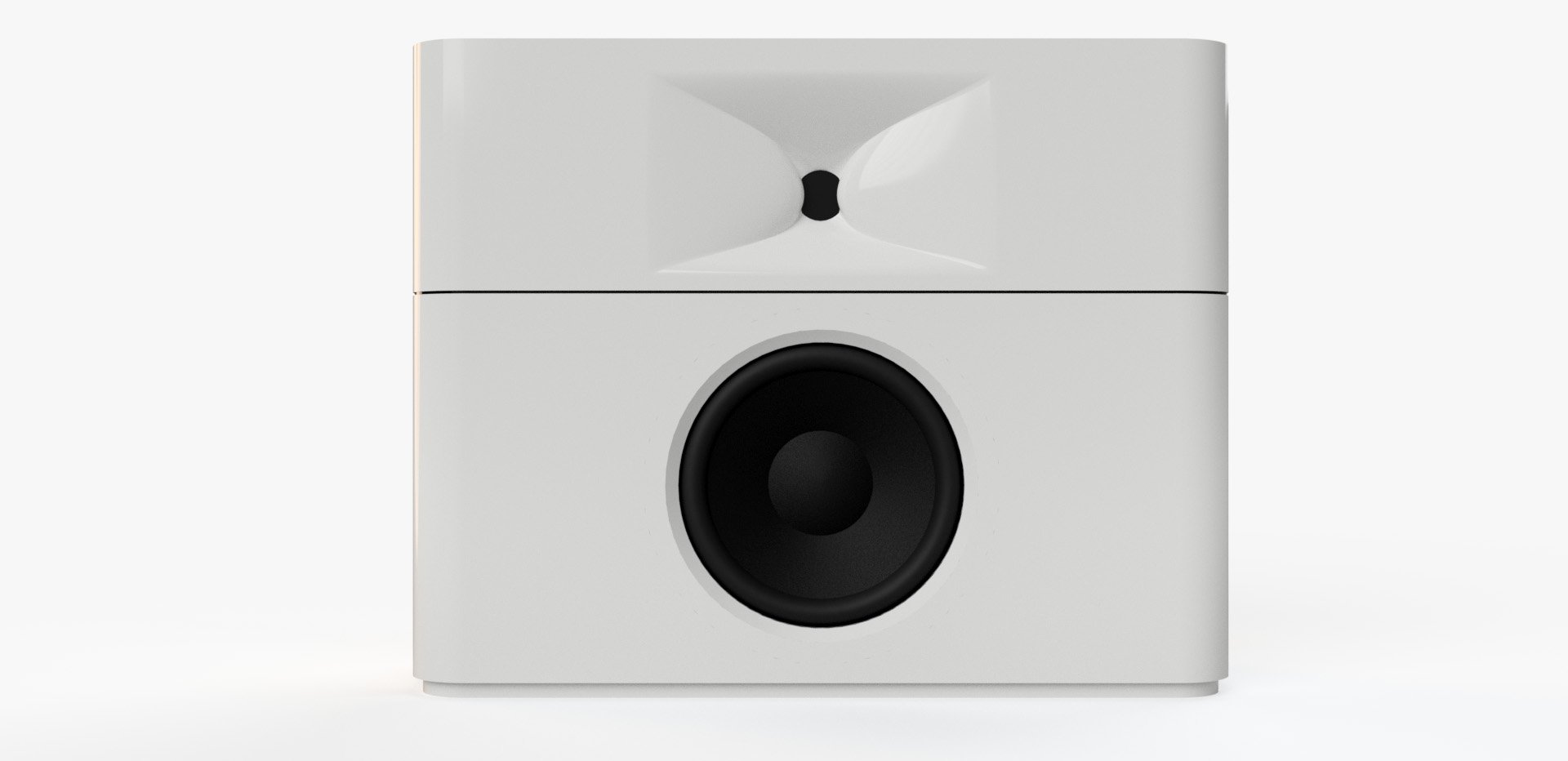
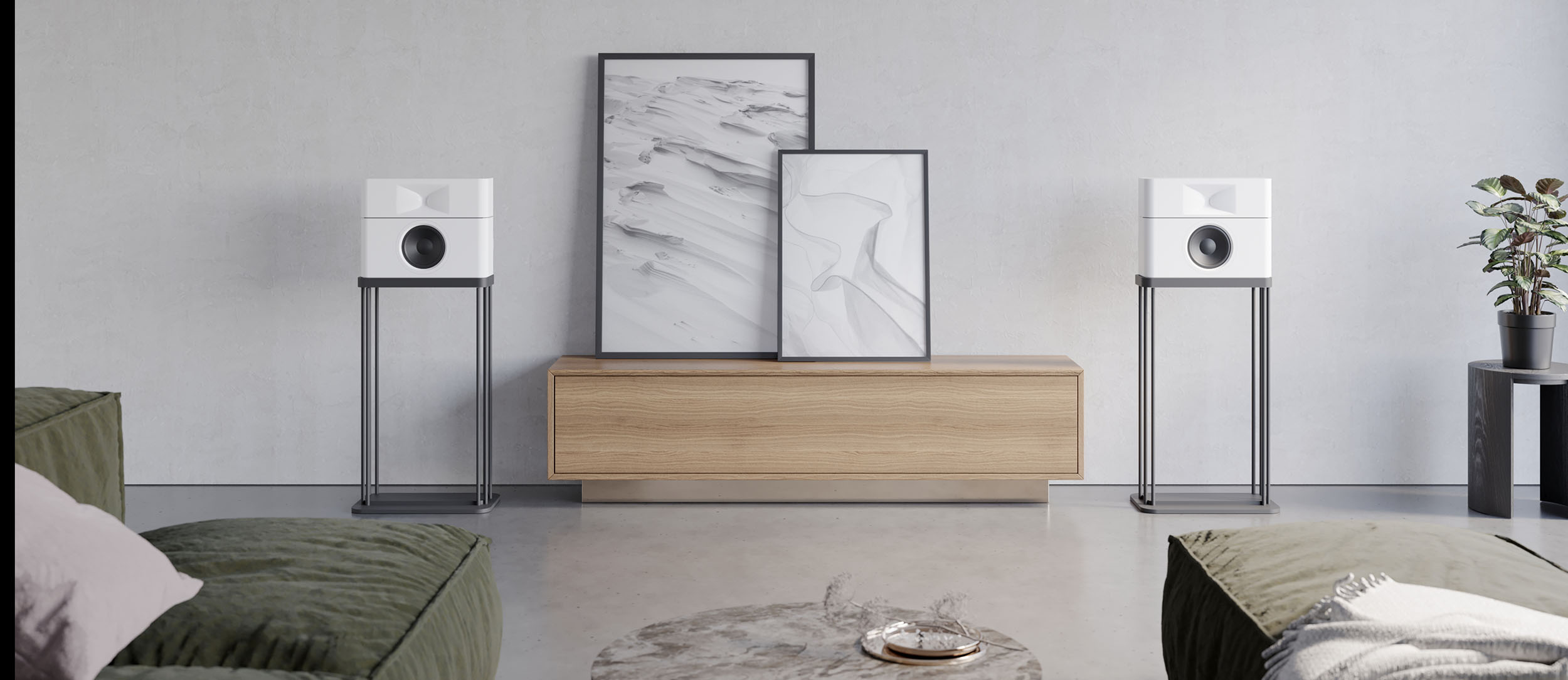
Designed for all those looking for the highest level of reproduction neutrality and sound power in a compact form factor. Equipped with active and passive modelling of sound radiation. Model M1 sets a new standard in its size class in terms of uniform radiation, low distortion and level stability.
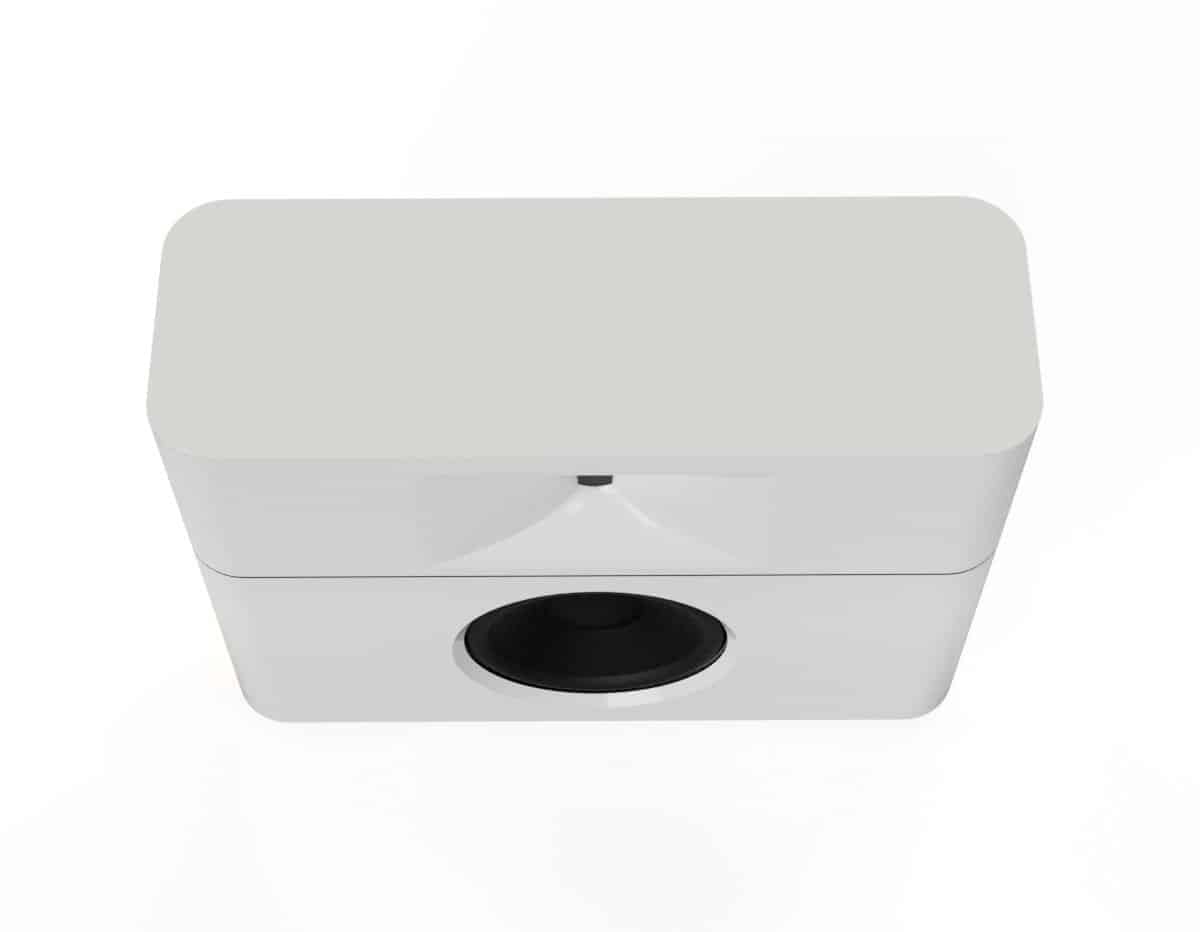
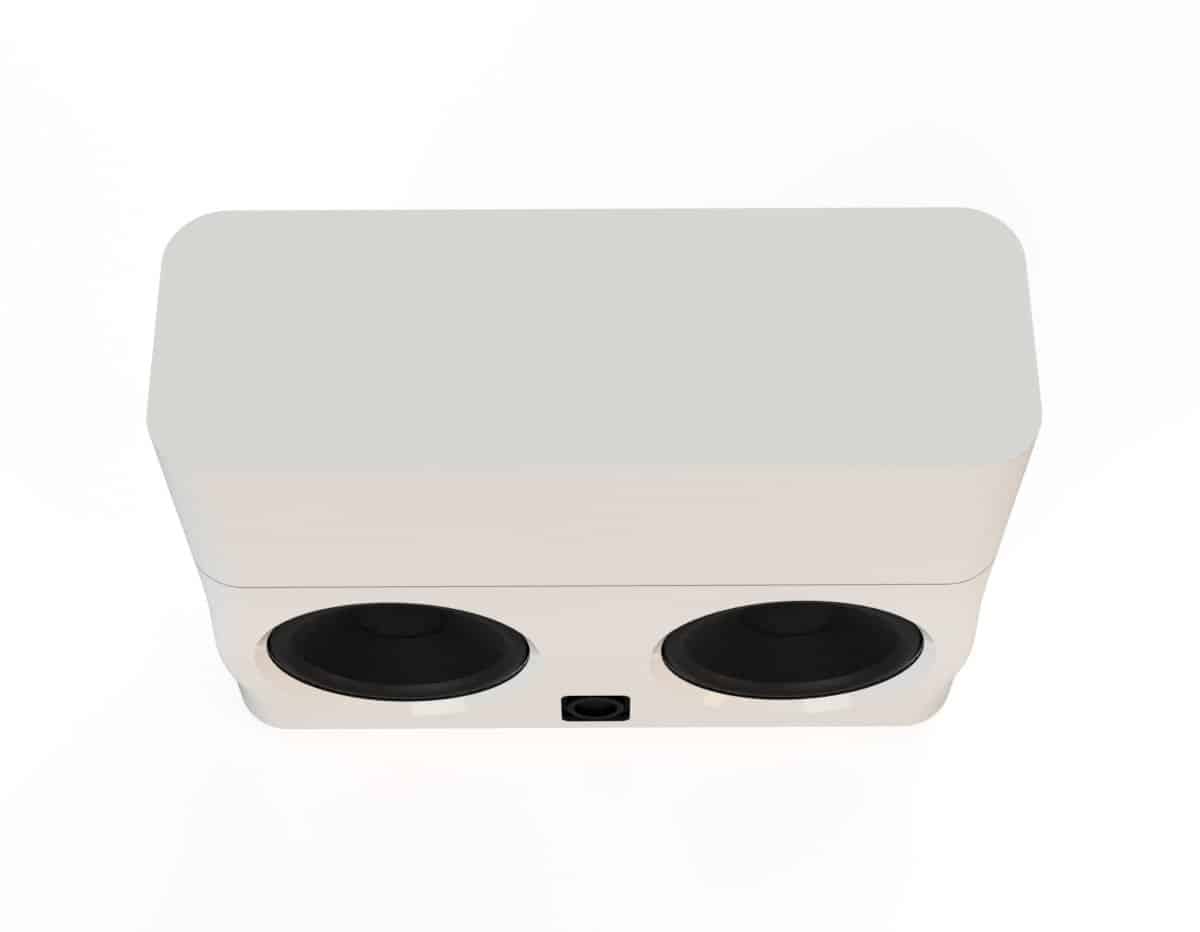
Model M1 is a compact 2.5-way active loudspeaker for short to medium listening distances that can be used in all listening environments. Ideal for professional and private applications that require high fidelity and sound power in a compact form factor - from music production studios, high-quality home theaters to private living rooms.
119/121 db peak level
Always uncompressed and close to reality.
140° x 100° constant directivity
Enlarged sweetspot and higher spatiality.
THD <0,3 % (@90 dB/1 m)
Geringste Verzerrungen für präzise Wiedergabe.
down to 200 Hz cardioid radiation pattern
for easier room integration and wall mounting.
280/420 Watt Class-D amplifier
drives all three channels at all times with sovereignty.
32 Hz Cut-off frequency
for an impressive bass foundation.



Highest immersion through
modeled radiation pattern
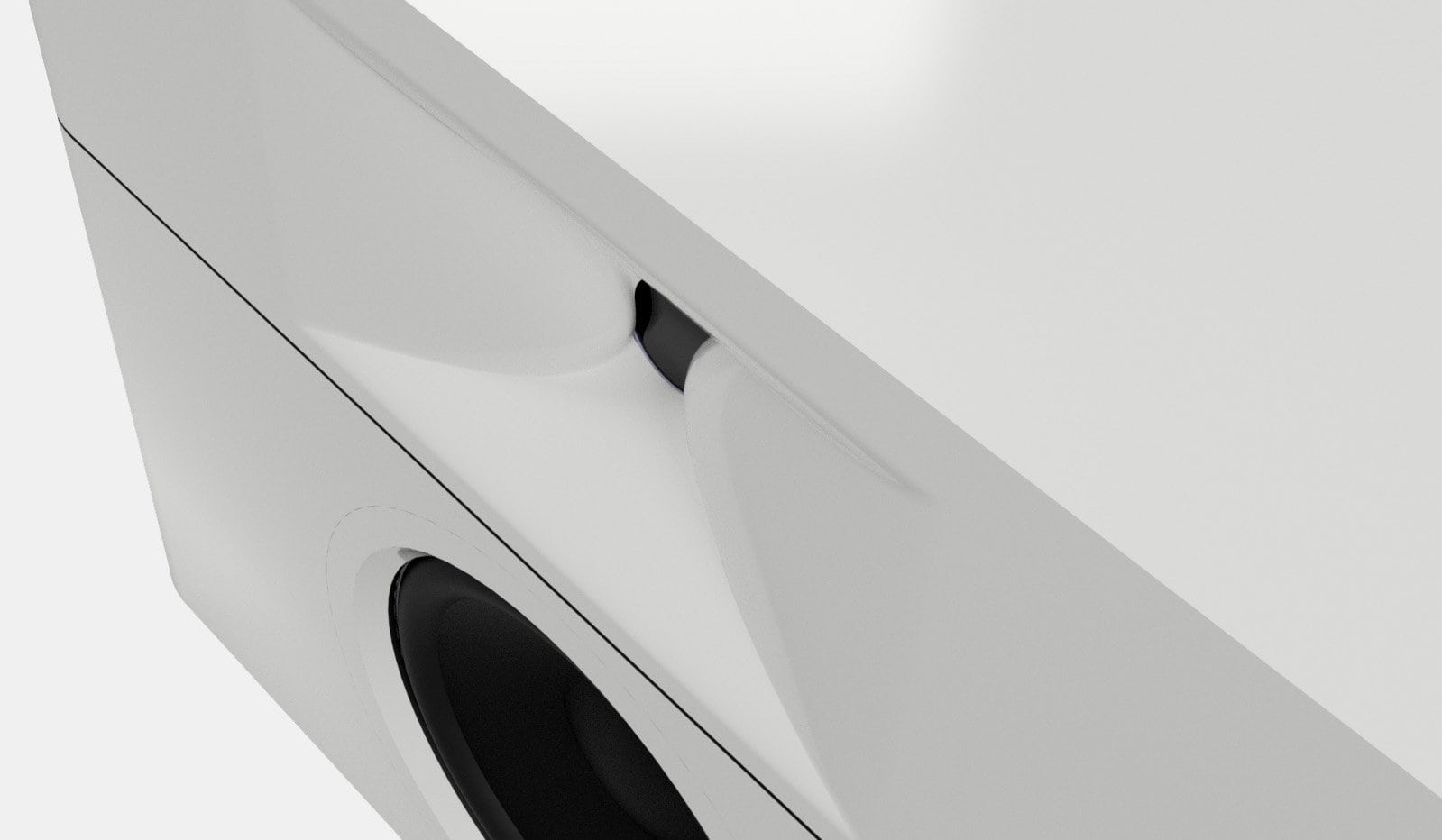
Like a sculpture, radiated sound can also be modeled. In the treble range, a funnel-shaped sound guide(waveguide) seamlessly integrated into the baffle shapes the radiation, aligns it with the bass-midrange driver and keeps it at a constant horizontal angle of 140°. Compared to the usual 90°, this increases thesweet spot in which precise imaging is achieved. In the vertical plane, the radiation is shaped asymmetrically 60° upwards and 40° less strongly downwards in order to reduce ground reflections and thus create better spatial localization.
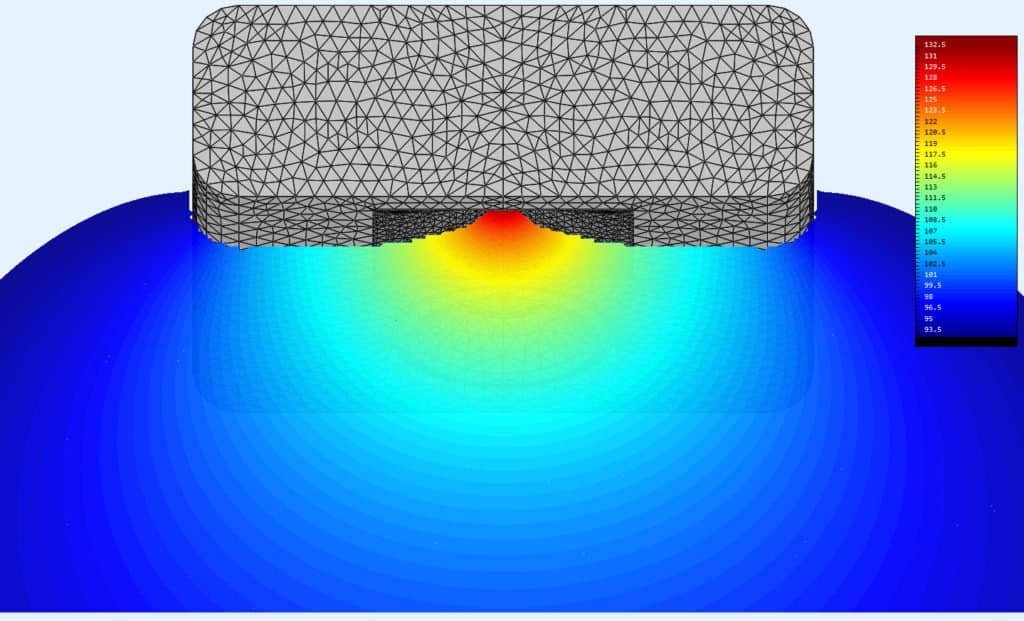
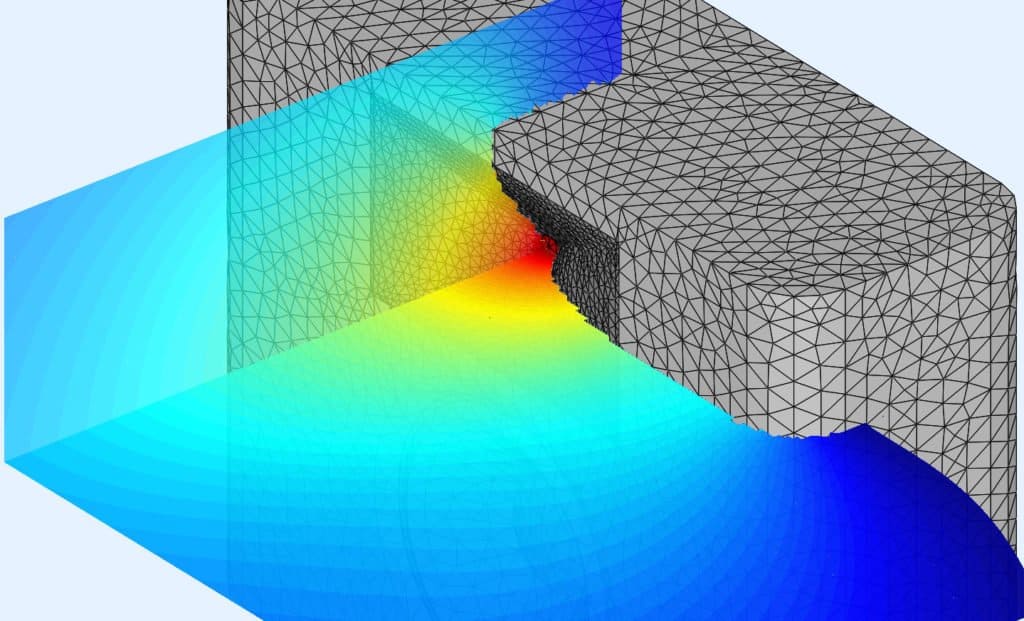
Two rear woofers actively shape the radiation up to the upper bass range (hypercardioid) by means of sound cancellation. This results in a constant directivity from as low as 250 Hz, thus enabling high immersion even in difficult listening situations.
Targeted sound modelling based on the latest science - the key to authentic reproduction and the unforgettable "right in the middle" effect.
Latest generation of drivers and transducers
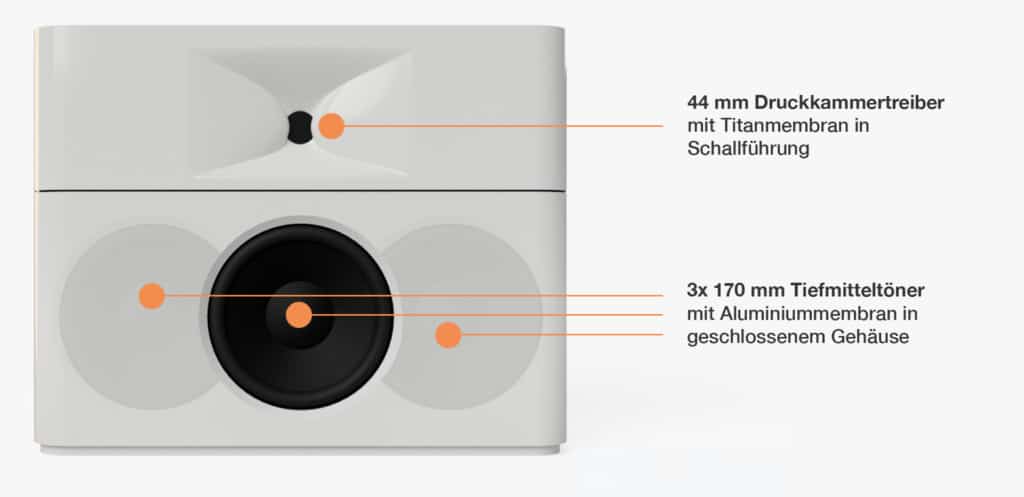
The high-frequency solution for critical applications
Extended bandwidth | Smooth and linear frequency response | High electrical and mechanical load capacity | Very low distortion | Reduced compression | High dynamic reserves | Ideal connection to sound guides (waveguide)
In order to achieve the goal of the highest possible level stability, lowest distortion and widest bandwidth, the path led from the usual dome tweeters to a compression driver. Only this design can reproduce the highest level peaks of up to 125 dB completely effortlessly with the lowest distortion.
In contrast to dome diaphragms, which produce uncontrolled break-up modes with audible sound coloration, the advanced ring diaphragm technology offers considerable advantages in terms of precision. Despite the enormous diaphragm surface area, the 56 mm ring diaphragm has very small diaphragm legs (12 mm), so that the diaphragm vibrates in phase and no partial vibrations occur in the high frequency range. Thanks to this unique and patented design, our compression driver sounds extremely transparent and reproduces even the most complex music signals crystal clear and never tiring, even after long periods of listening.
The resulting flat wavefront evenly fills the computer-calculatedwaveguide milled into the front of the enclosure, creating a homogeneous and defined sound distribution.
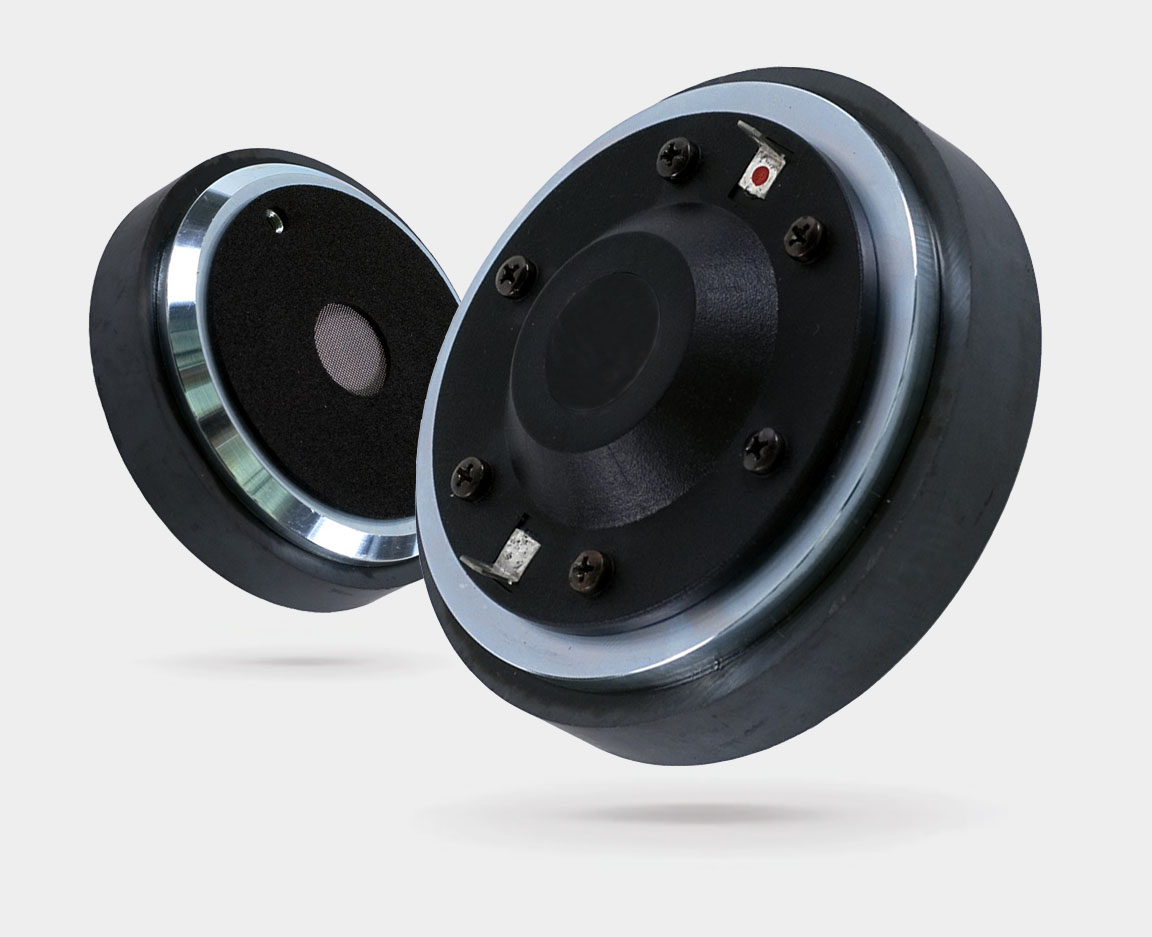
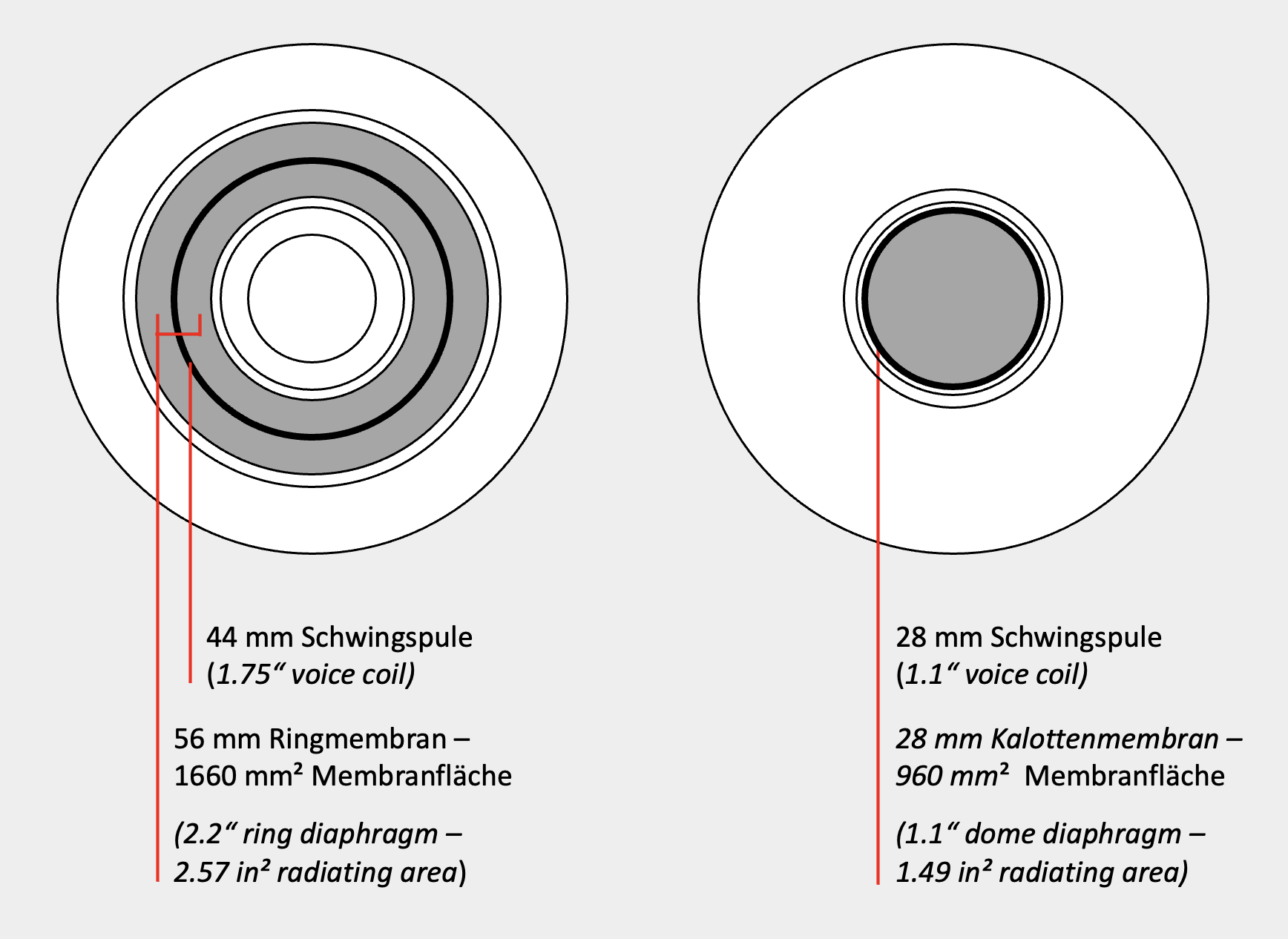
Extended low bass range | Smooth and linear frequency response | Very low distortion | Resonance-free midrange | Fast decay | Flexible control
In order to be able to produce an extended and level stable bass, surface and stroke are required. Therefore, three 6.5 inch woofers in a closed cabinet provide a total surface area of 360 cm² and, with the help of a linear excursion of 11 mm, create a room-filling and precise bass foundation.
Geometrically reinforced and coated aluminium diaphragm behaves completely resonance-free in the transmission range up to the mids. This makes voices seem impressively realistic. Ventilated die-cast baskets hold the demodulated motors, which have been optimized for minimal distortion and thus provide an uncolored reproduction.
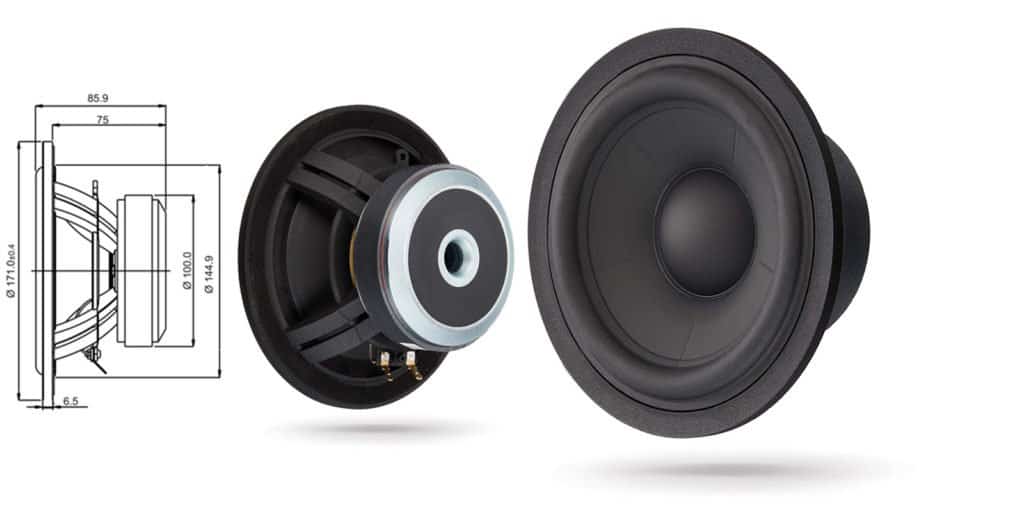
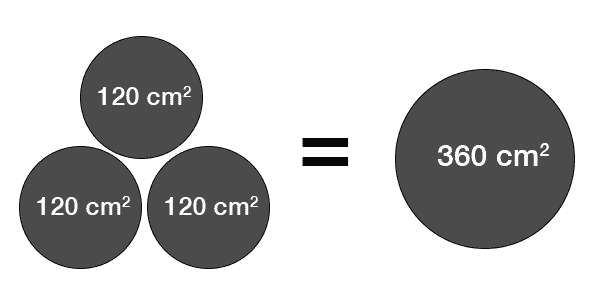
The use of three 6.5 inch drivers results in the total surface area of a 10 inch woofer with comparable performance.
Design and aesthetics
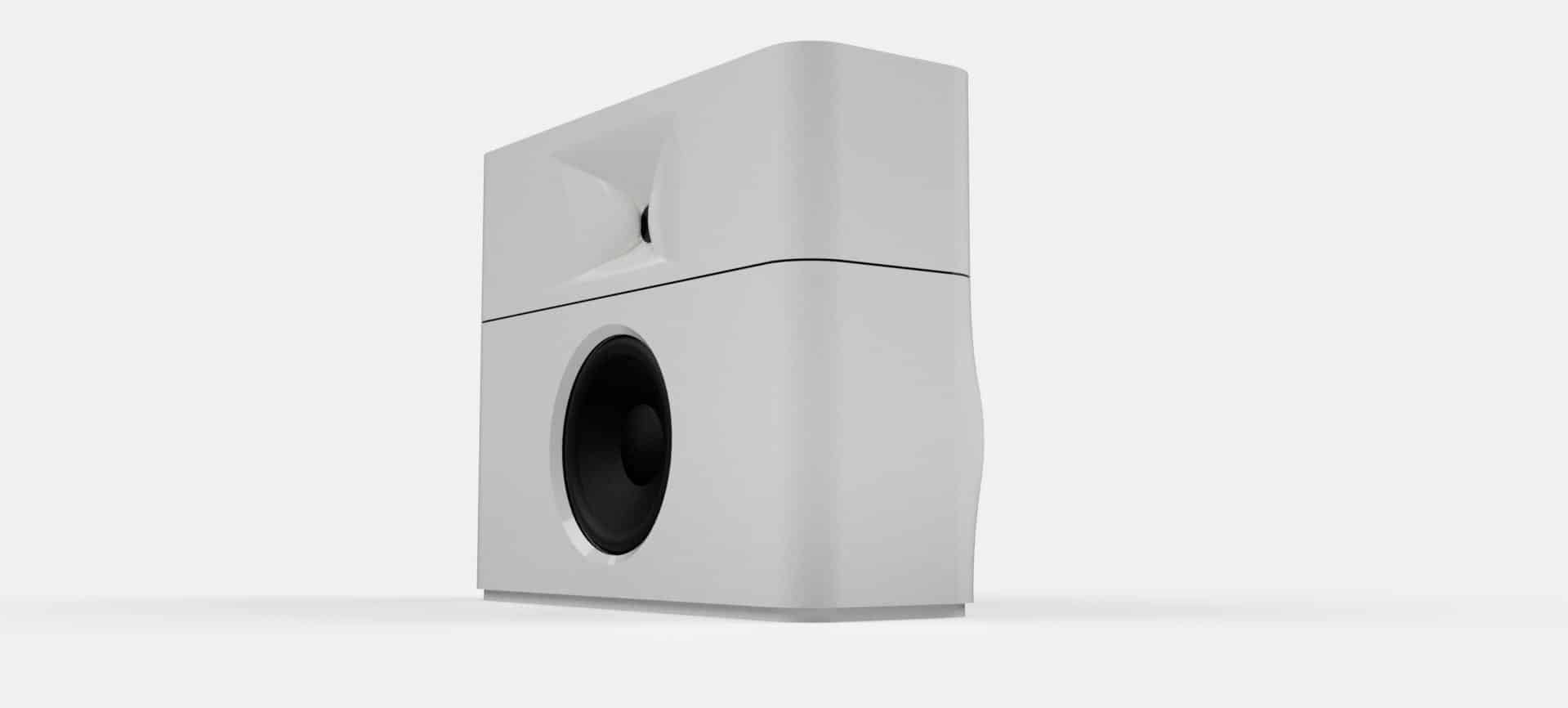
Form follows function. Every aspect of cabinet design has been developed for acoustic quality. This resulted in housing proportions with a large width and small depth. With a depth of only 140 mm (5.5 inch), the case is pleasantly flat and can therefore be placed very close to the wall.
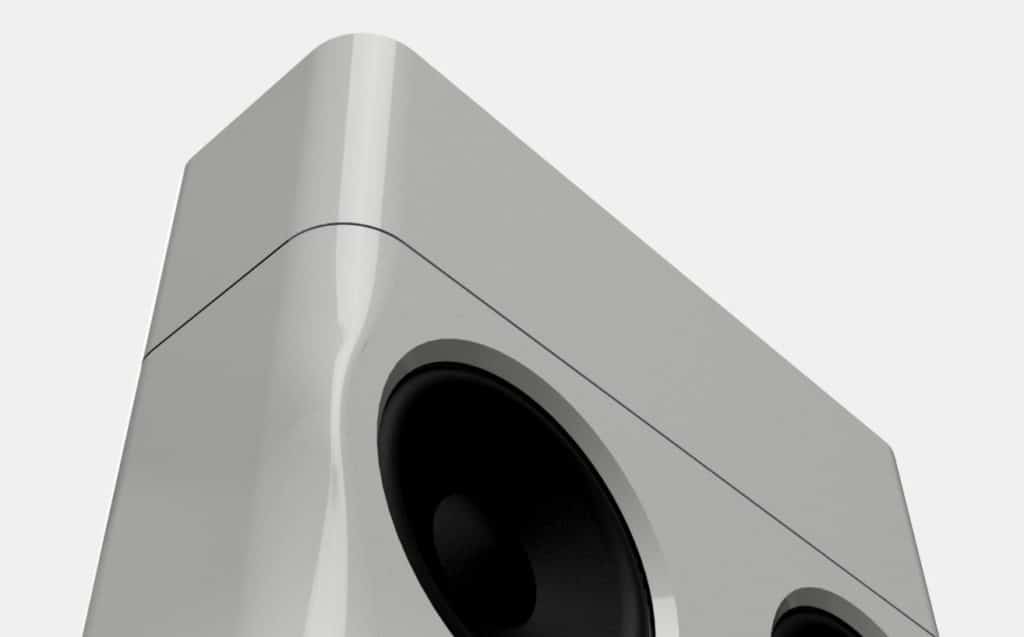
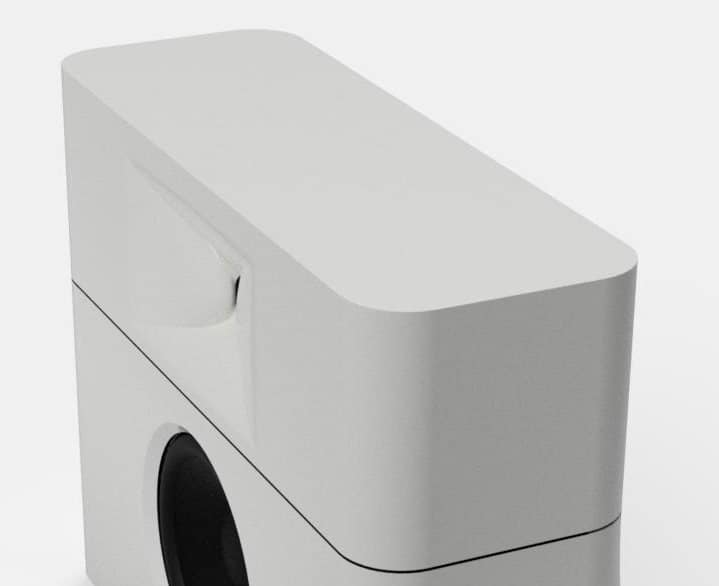
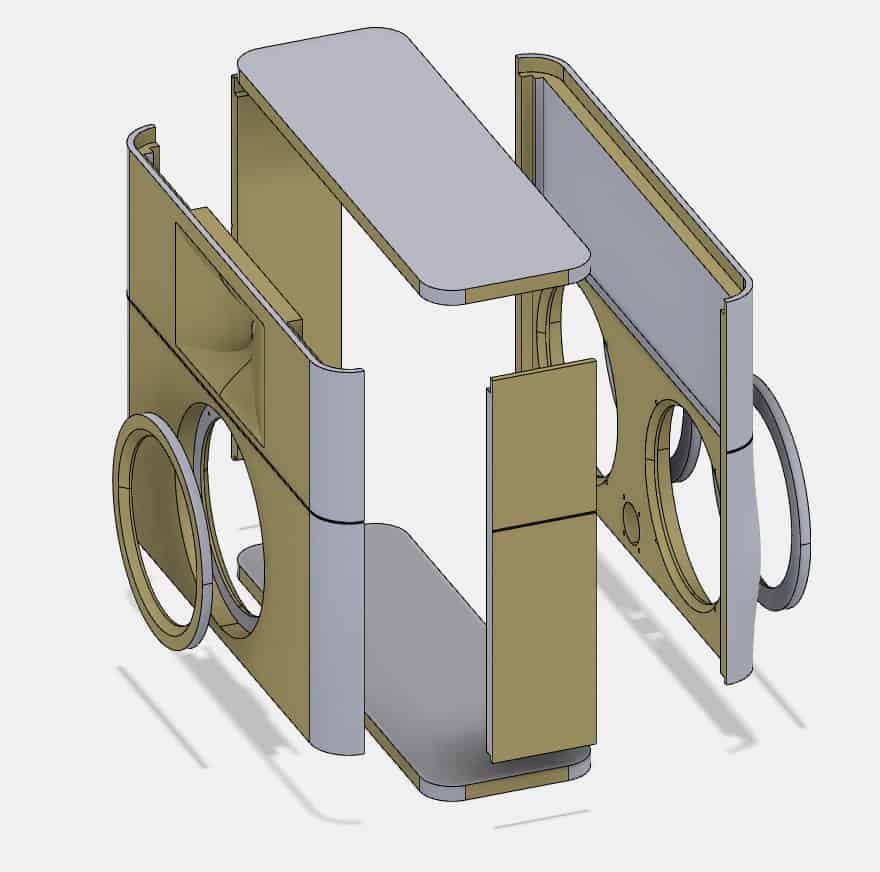

Eine aufwendig 5-Achs CNC-gefräste Grundstruktur aus Valchromat bildet das Gehäuse und bietet 30 % höhere Stabilität als handelsübliche MDF-Platten. Die gegenüberliegende Anordnung der Treiber vorne <> hinten reduziert Gehäusevibrationen um Faktor 10, da die kinetischen Kräfte sich gegenseitig aufheben. Das Gehäuse bleibt so auch bei stärksten Bassimpulsen absolut ruhig.
Advanced technology,
purposefully applied

For better integration into existing audio chains and for more compact loudspeaker housings, the entire electronics are outsourced and housed in an attractive, flat and passively cooled aluminum enclosure. This allows the power and signal cabling to be centralized, especially in multi-channel applications. Various settings can be accessed via USB and the system software, and room calibration can also be carried out in this way.

Highly efficient Class-D amplifier modules from PASCAL with patented UMAC™ technology form the basis. Features such as an extremely flat frequency response, complete independence from the load impedance and practically frequency-independent distortion behavior mark the current state of amplifier technology.
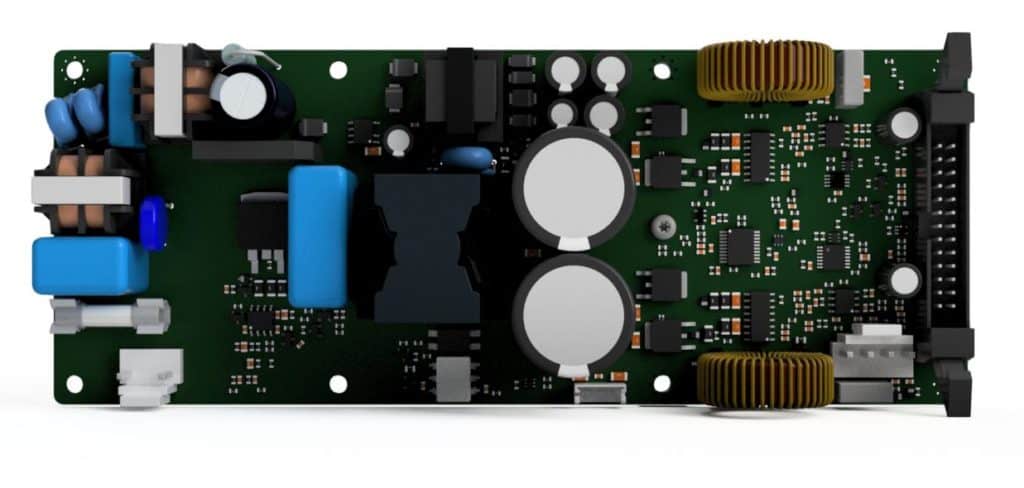
By dividing the six amplifier channels into three segments, a true mono design has been achieved, with the right and left channels and the rear woofers each separated by their own power supplies. Mutual interference (crosstalk) is thus excluded even under maximum load. The output power can be configured here with 2x 280 watts and optionally 2x 420 watts. Three capacitor banks can also be optionally configured for further power supply stabilization. The additional 57,600 µF then available in the form of low-ESR capacitors can withstand even the hardest bass pulses of up to 1200 Watts for short periods.
All components are installed in 105° C temperature-stable variants to ensure high reliability and long operating life.

The digital signal processing is performed using a powerful 4th generation SHARC DSP with 32-bit floating point accuracy. The digital crossover uses steep filters to minimize the overlap areas of the drivers and to create even cleaner transitions. A linear-phase equalization using FIR filters corrects the time domain for a smooth and natural playback.
The AD/DA conversion has a dynamic range of 112 dB(A) and is acoustically transparent. Predictive limiters protect all components against overload at all times and thus offer absolute operational reliability.


Get the latest news from us direct to your mailbox
This form transmits your e-mail, so that we can send you the requested information. You can cancel the subscription at any time. In our Privacy policy learn more about this.
